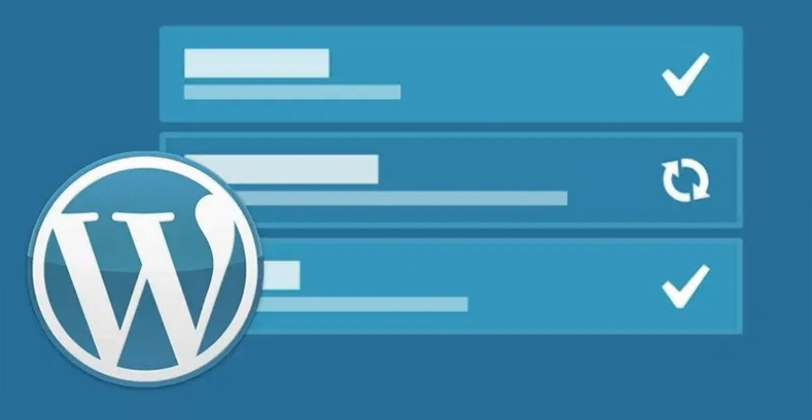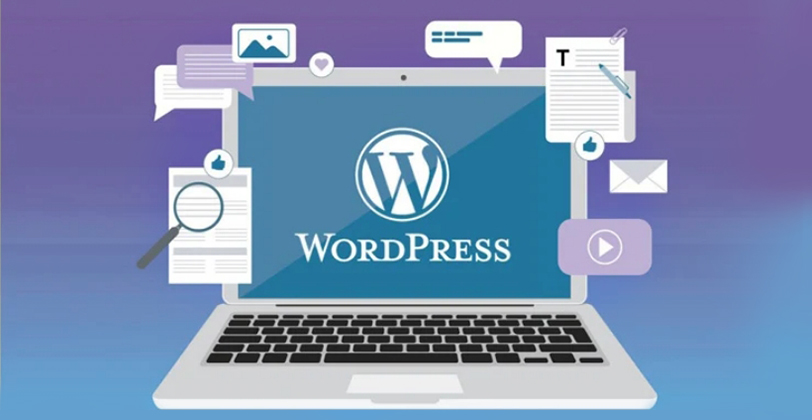

If you have a WordPress website, you have probably come across notifications to perform security updates and update your plugins.
Some people put off actioning those updates, and if you’ve ever thought, “I’ll do it later”, you’re not alone. But what if we told you that ignoring these updates could cost you big time?
In this article, we explain why updates, especially plugin and security updates, are not optional but essential for the health and success of your WordPress website.
Before we examine the WordPress ecosystem, it’s worth noting the important difference between platforms like Shopify and Webflow, which are hosted platforms, and WordPress – which needs its own hosting. Those hosted platforms do their own updates so you don’t have to worry about it. However if your website is in WordPress, then it is essential to keep it up-to-date, which will make this article perfect for you.
To get started, let’s run over some of the scary stuff that can happen if you let your website software get old and vulnerable to attack.
Did you know that outdated WordPress plugins are a hacker’s dream come true? And, whether in use or not, old plugins can also make your website an easy target?
Comprising approximately 40% of the world’s websites, WordPress is extremely popular, yet, statistics show that, on average, 30,000 WordPress sites are hacked by criminals daily, many due to ‘backdoor’ entry points found in outdated plugins [1, 2]. Another alarming figure is the massive impact of global ransomware, which reached 236.7 million in the 1st half of 2022, with an average financial cost of $1.85mill USD) [3].
Those statistics are more than just numbers; they are real attacks on websites and have impacted businesses just like yours! Those statistics should serve as a wake-up call because by neglecting to update your WordPress code and plugins, you’re inviting cybercriminals to target your business, putting it at serious risk.

Imagine your website going down during a busy shopping period or a key advertising campaign. It’s a scenario that no one wants, yet it’s all too common for businesses with outdated systems, neglected plugins and vulnerable security holes.
This issue isn’t confined to the US or Europe; in Australia, over half of all businesses experienced disruptions due to cyber attacks in the 2020-2021 business year, losing on average – four days of productivity[4]. That’s at least four days of missed sales, lost leads and information sharing, all of which added to the daily stress that business managers and owners face. Sometimes the fall-out lasts for weeks or months, and sometimes businesses never recover.
The key takeaway is to understand that the next time you consider ignoring an update alert, remember that downtime is more than just an inconvenience; it can directly impact your bottom line, regardless of your industry.
Reports indicate that the average cost of a cybercrime incident in Australia has swollen to over $39,000 for small businesses and $88,000 for medium-sized ones [5]. Beyond the stress experienced, the financial burden is heavy, often requiring cyber security and public relations experts to mitigate the damage.
In addition, legal fees can pile up if you’re found to have violated data protection laws like Europe’s GDPR or Australia’s Privacy Act 1988.
As you can see, ignoring something as simple as an update alert can lead to significant financial and reputational risks.

It is undeniable that your brand’s reputation is invaluable, and a secure website is foundational to keeping your reputation intact.
As we are sure you’re aware, in today’s digital age, bad news spreads quickly, and a single security lapse could lead to a wave of negative reviews and social media criticism. For example, here’s a stat that might make you sit up: 43% of online attacks target small businesses, but only 14% are ready to fend them off [6].
In short, if your website security or performance is lacking, the negative impacts on your brand may lead to much more than just lost customers. Building trust is a long-term commitment, and trust is far easier to maintain than to rebuild. So, the next time you see an update notification, don’t ignore it. Your brand’s reputation could depend on it.
As they say, ‘time is money’. So, the question is, would you prefer to spend hours and hours scrambling to fix a security breach or system failure? Or would you rather invest that time in growing your business, innovating, training your team, and engaging with customers?
Every moment spent on crisis management is a missed opportunity to focus on activities that add value to your business.

You might think you’re saving money by skipping updates, but the opposite is true. The cost of fixing an outdated or compromised site can skyrocket quickly. And it’s not just outdated plugins and security updates that are problematic; even inactive plugins can pose a significant security risk.
The longer you hold off from making updates, the more likely you’ll need experts to resolve compatibility issues, security vulnerabilities, and other unexpected problems. These costs can compound, especially when older plugins become incompatible with newer technologies.
While wrestling with outdated plugins and security issues, your competitors can use the latest software features and optimisations. Their innovation can put you at a disadvantage, as they can offer a better user experience and improved workflows. Not only does this give your competition a better chance of attracting and keeping more customers, but they’ll also have a better chance of improving their bottom line.
The key takeaway here is – don’t let your business fall behind; staying updated is staying competitive.
If you’ve had a website for any extended time, you’ve likely heard that a slow website drives visitors away. Outdated plugins can be a significant culprit, slowing your website and hurting user experience and SEO. In fact, according to an extensive study and report, a one-second delay in page load time can result in a 7% loss in conversions [7].
Performance issues and SEO go hand in hand. Google takes website security and performance seriously. If your site is slow or vulnerable due to outdated plugins, you risk taking a hit in search rankings. And lower rankings mean less visibility, fewer clicks, and ultimately, lost revenue opportunities. In a world where online presence is crucial, you can’t afford to ignore SEO.
As business owners or managers, the urgency of website updates may not be at the top of your mind, and we often see such oversights. While it is a common pitfall – with serious repercussions, there are a myriad of reasons why managers often neglect website updates, some of which are covered below:

Now that you have a better picture of the importance of updates and why they are sometimes overlooked, we will run through ‘the how’ – the process of updating your site.
It may seem daunting, but updating a website can be quite manageable with a structured approach. Here’s a straightforward guide to getting you started:

The digital landscape is dynamic, and ongoing changes in technology brings many challenges and opportunities with it. The development of any live website is never ‘finished’ and regular ongoing maintenance is essential.
Making sure your website is updated is not just a recommendation; it is critical to the success of your business.
You are adding substantial risks to your business if you neglect updates to WordPress plug-ins or ignore critical security updates. You can open yourself up to security vulnerabilities, significant financial repercussions and reputation damage, to name but a few.
Updating a WordPress website can be manageable when approached with diligence and structure. This is not just about reacting to update notifications, it’s about proactively safeguarding your business’s digital front door.
Regular site reviews (at a minimum – quarterly) are crucial to avoiding potential issues and ensuring optimal performance. If you are pressed for time or require technical expertise, our team is always available to assist.
Please don’t leave your website’s health or company operations to chance. Contact us today and ensure your website is performing at its best and your business remains secure, efficient and competitive.